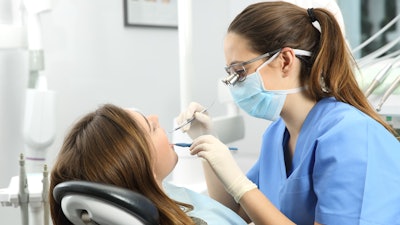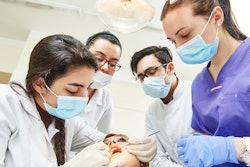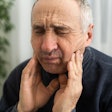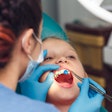
People living in rural areas experience significant disparities in oral health outcomes compared to those residing in urban and suburban areas, according to a new report from the CareQuest Institute for Oral Health.
Compared to those living in urban and suburban areas, more adults in rural regions have not visited a dentist in over a year, they drive farther distances to get to an office, and their employers are less likely to provide dental insurance, according to the “Still Searching: Meeting Oral Health Needs in Rural Settings” report.
“This new report underscores the importance of our mission to advance oral health access and equity for all people living and working in the US,” Dr. Kaz Rafia, MPH, MBA, chief health equity officer and executive vice president of the CareQuest Institute for Oral Health, said in a press release dated January 17.
Approximately 40% of adults in rural areas have not visited a dentist in over a year, contrasting with 35% of urban and 30% of suburban residents, according to the report.
Often, rural residents travel longer distances for dental care, with 20% traveling 45 minutes or more. Just 10% of suburban and urban residents travel that far. In the U.S., 14% of dentists practice in rural areas, whereas 67% of rural areas are designated as dental health professional shortage areas, according to the report.
Additionally, rural employers are less likely to provide dental insurance compared to employers in more populated areas. More than 1 in 3 (34%) of rural residents lack dental insurance, surpassing the rates of 29% in urban and 24% in suburban areas. Higher poverty rates in rural areas pose obstacles for residents to afford routine preventive care, insurance, and dental services, according to CareQuest.
Finally, rural residents have worse oral healthcare habits than those living in other areas, according to the report. About 40% of people living in rural areas brush their teeth once a day or less. Poor oral health routines may contribute to disparities, with 36% of rural residents having lost one to five teeth compared to 31% of those living in urban and suburban areas, according to the findings.
“(To close the gaps in care,) we must continue to collect data, share our findings, and advance policies and practices that guide these populations to adequate care and better health,” Rafia said.




















